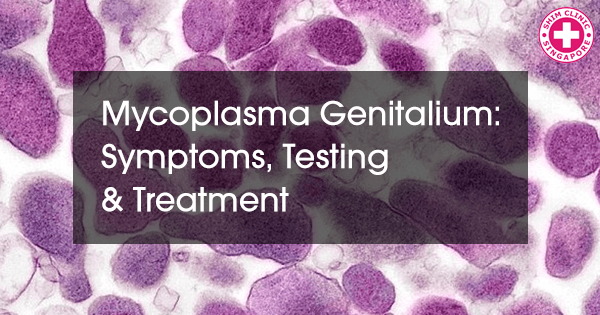Mycoplasma Genitalium is a sexually transmitted infection commonly known as MG that is caused by a bacteria referred to as Mycoplasma Genitalium. The bacterium affects the mucus sheath of the cervix, throat, urethra and anus. The infection affects both men (aged 25-34 years) and women (aged 16-19 years). MG is said to be the new STD despite being discovered in the 1980s.
In what ways does the infection show itself?
Mycoplasma Genitalium may or may not show any symptoms. In fact, few doctors know about the infection all over the world. If it does show symptoms, it takes around 3-35 days for them to show. During this time, the chances of the infection being transmitted to others are high. When symptoms are present, they are:
In men:
- Discharge from the penis which may be watery
- Burning sensation during passing of urine
In women:
- Vaginal discharge that is abnormal
- Bleeding after sex or between periods
- Uneasiness during urination
Other symptoms may include:
- Fever
- Pain in the lower abdomen
- Pain during sexual intercourse
What does the STI cause?
The infection can cause an infection of the urethra in men and an infection of the cervix in women. If it goes untreated, it may advance to the fallopian tubes causing Pelvic Inflammatory Disease (PID). If PID is not treated, it may cause damaging of the fallopian tubes and eventually infertility. Mycoplasma Genitalium is also a co-factor in the spread of HIV in women carriers. Research indicates that the chances of women who have the STI contracting HIV are higher than those without it.
How does one test for the infection?
As much as there are few laboratories that test for the infection, anyone suspecting an infection can have a blood test or urine test done. An individual may also get the test as a precaution after both gonorrhea and chlamydia test have been done and the results were negative.
Is M. Genitalium treatable?
Yes. The infection is treated by getting antibiotic prescriptions. The treatment is administered over a period of 5 days. However, if the infection continues or recurs, there may be need to see a specialist for further treatment.
Who is at risk of contracting the STI?
People who are sexually active are at risk of getting the infection. Those with multiple sexual partners are at a higher risk of getting it. Also, expectant mothers may be at risk.
How can one prevent acquiring the infection?
The best and only sure way to prevent getting the disease is to completely abstain from sexual intercourse. If you do choose to have sex, have safe sex and limit the number of sexual partners that you have. Also ask about the sexual history of your partner before you engage in sexual activities or accompany each other for STD testing before sex.
Sexual contact is prohibited for the infected until the antibiotic treatment is complete for both him and his sexual partner.
A follow-up test of the infection is mandatory to ensure the infection is not in the body system completely.
Frequent STI testing is also a good way to prevent the infection. This testing is especially advised for women looking to conceive or expecting mothers and those who are sexually active. Drop by any STD clinics to get yourself checked.

